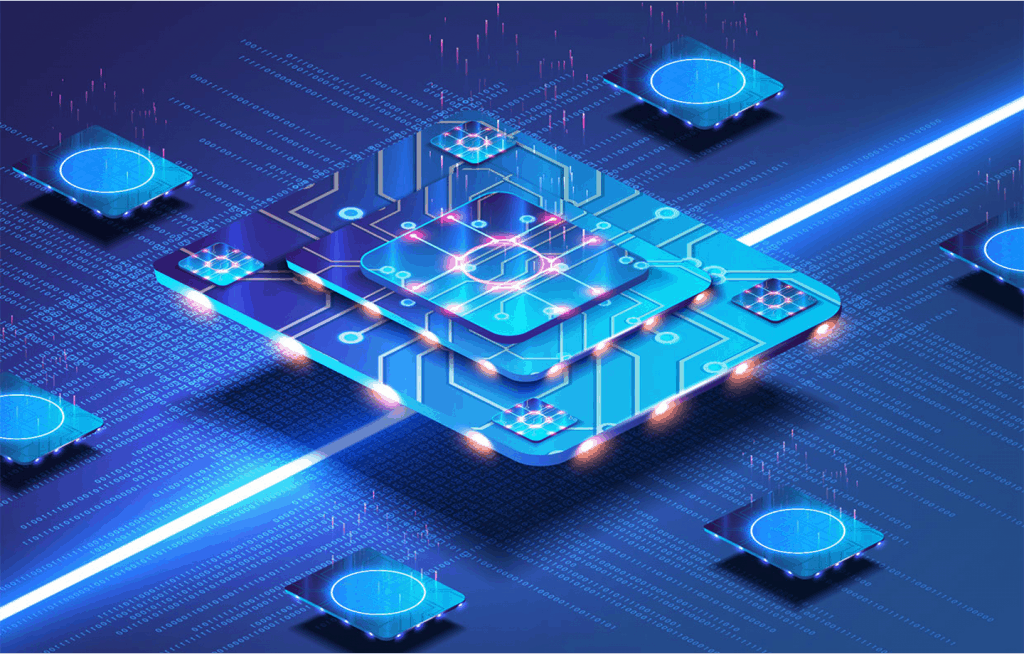Inspired by the structure and processes of the brain, neuromorphic computers are composed of artificial neurons and synapses that handle information in a completely different way from the Von Neumann architecture used in most computers today. Neuromorphic computing, which taps into the flexibility of an analogue system, could offer benefits like massively parallel processing, where many computations can be performed simultaneously, and spike-based computation – where energy is only expended when data is incoming, meaning that just a fraction of the system is being powered at any one time. These benefits mean neuromorphic computers could use much less power while delivering much faster processing times.
Building on research from the University of Zurich and ETH Zurich, SynSense offers neuromorphic solutions for the health industry. SynSense (formerly aiCTX) was established in 2017 and is the world’s leading neuromorphic intelligence and application solutions supplier. It has a full-stack service and is the world’s only neuromorphic technology company that involves both sensing and computing. SynSense makes a significant breakthrough in commercial neuromorphic chips, a crucial step towards cognitive intelligence and intelligent connectivity. The company is co-developing a chip with event-based sensing company Prophesee. Neuromorphic chips imitate the brain’s information processing, transmitting and learning functions. With ultra-low power consumed, they complete the tasks of sensing, learning, memorizing and decision-making.
SynSense plans to build the cognition ecology of intelligent connectivity. It has developed hardware solutions for compact neuromorphic bio-signal processing. The company’s solutions enable ultra-low power (sub mW) edge sensory processing and instantaneous detection of anomalies through continuous monitoring of body signals – ECG, EMG and EEG – from wearable devices.
SynSense is developing dedicated event-driven neuromorphic processors for real-time vision processing. The ultra-low-power and ultra-low-latency of processors pave the way for IoT devices and edge-computing applications like gesture recognition, face or object detection, location, tracking and surveillance. The neuromorphic processors will be used in various artificial intelligence edge computing applications that require ultra-low-power and ultra-low-latency features, including autonomous robots, always-on co-processors for mobile and embedded devices, wearable healthcare systems and other platforms.











